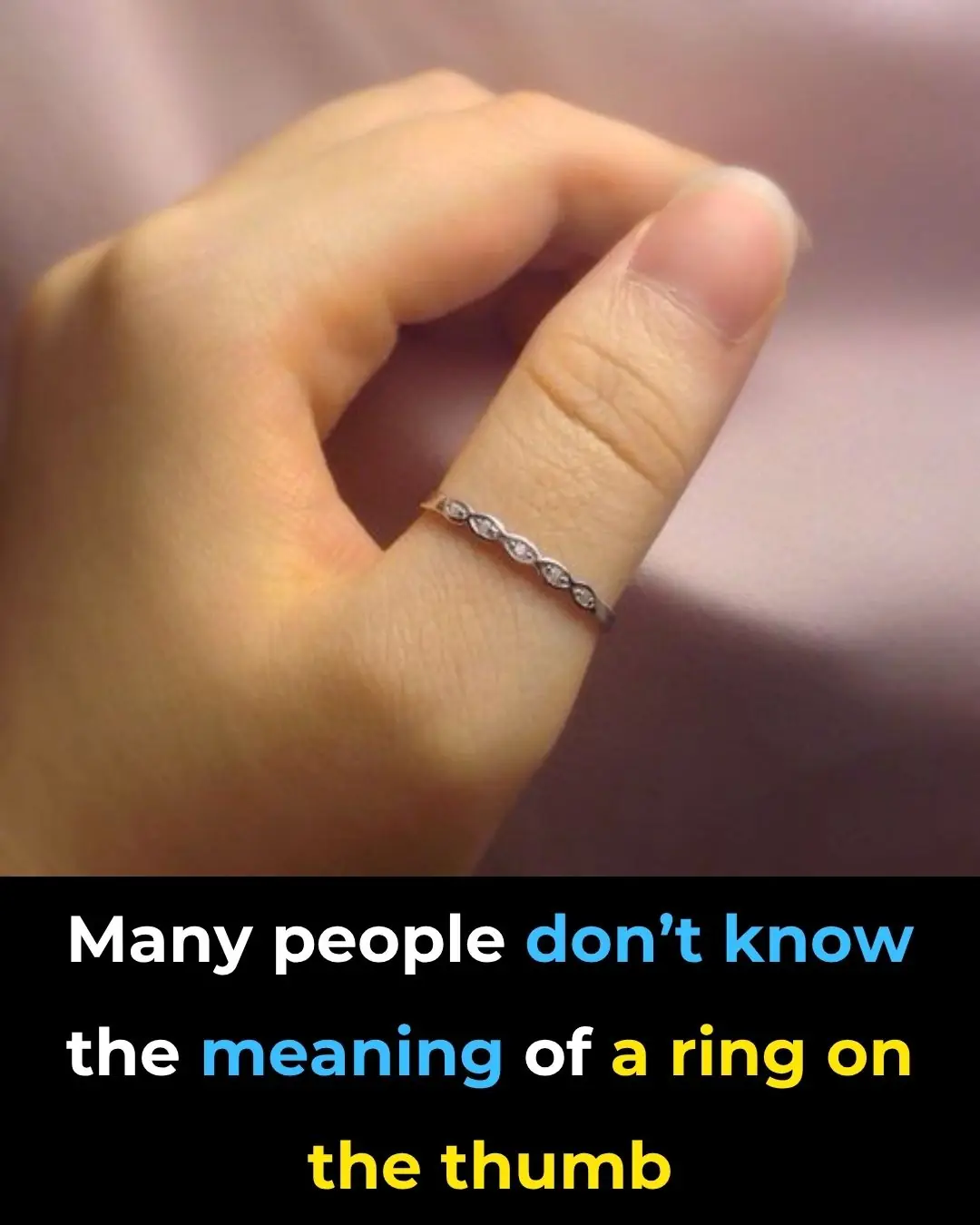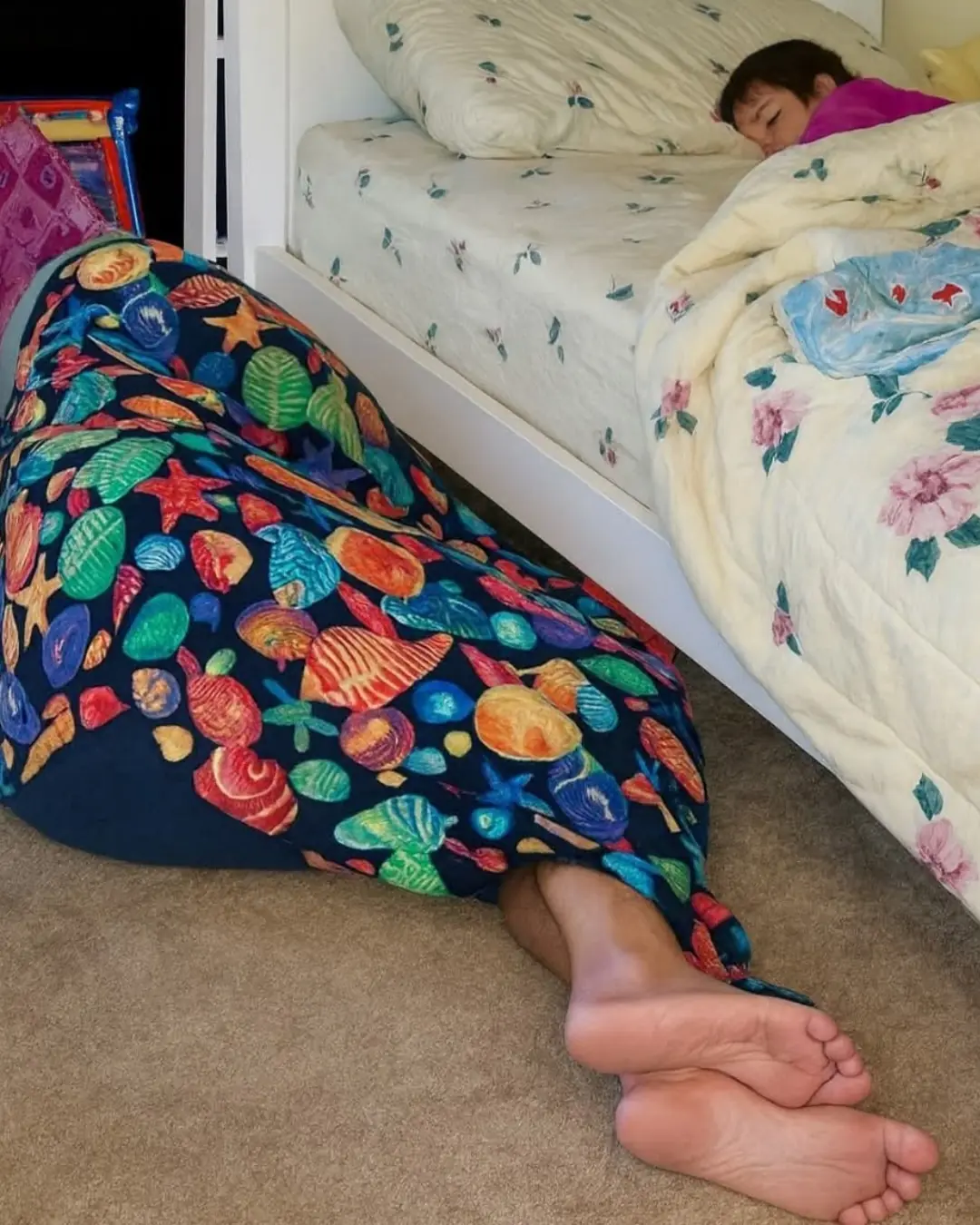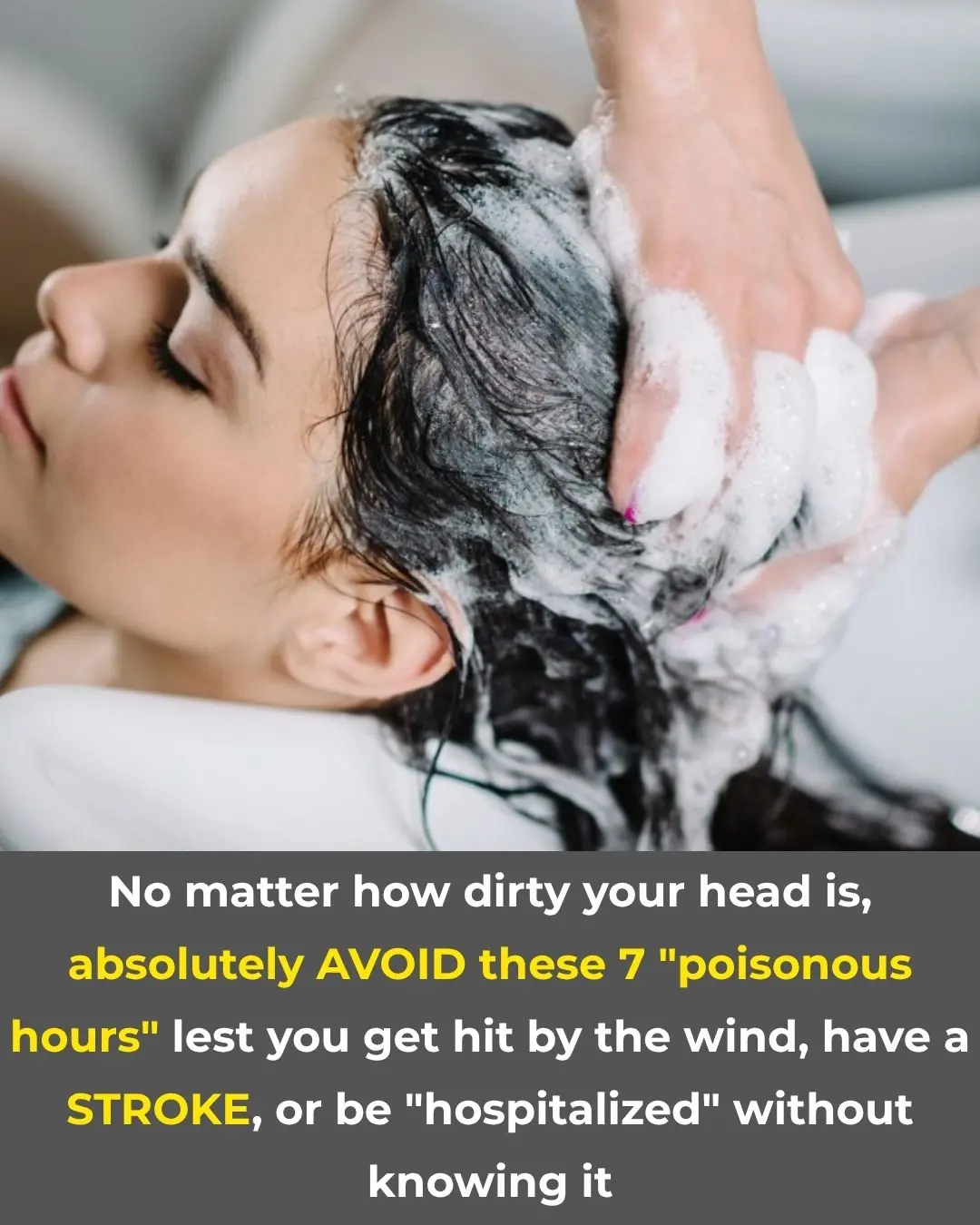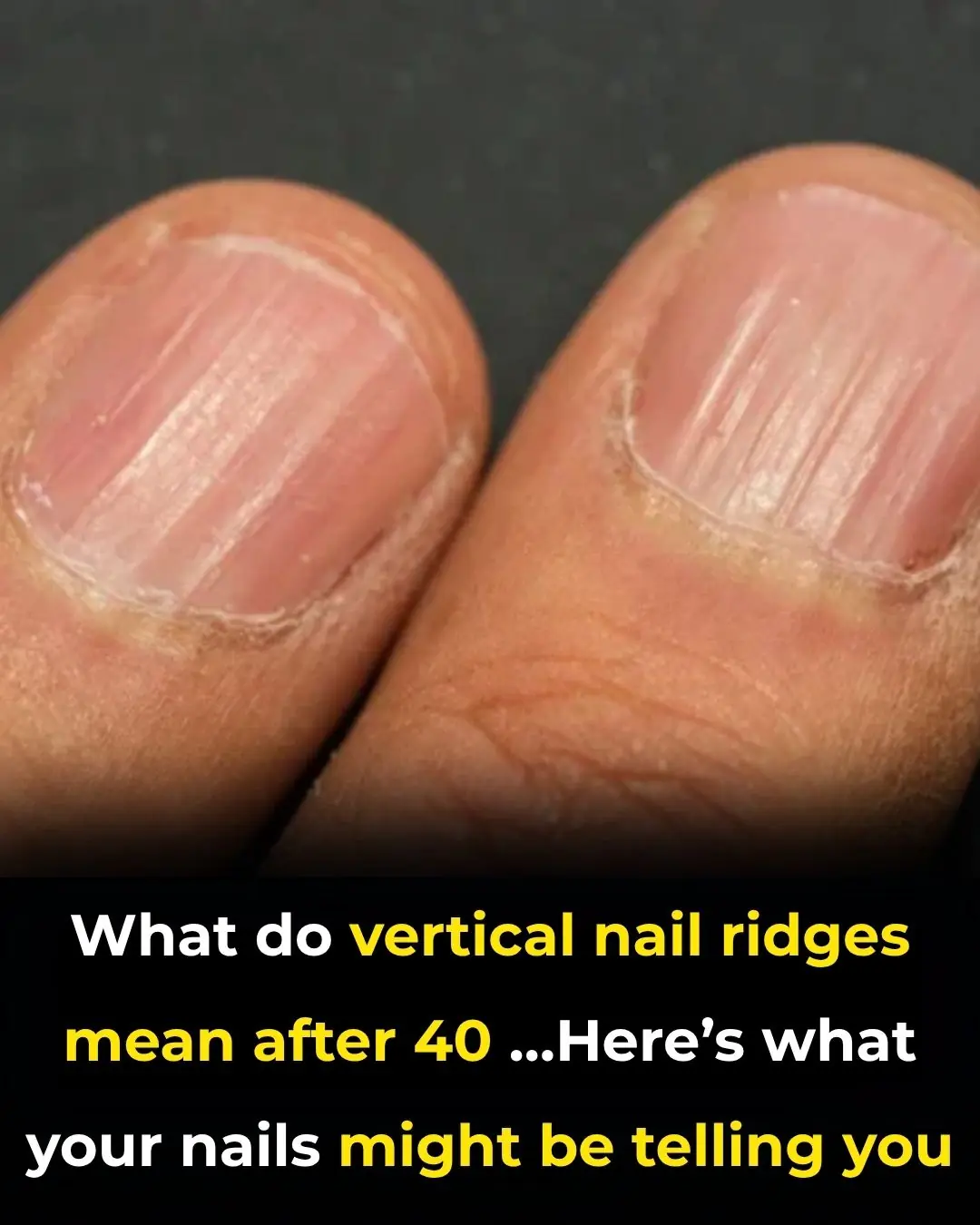What Are These Tiny Balls in My Bed …My Scary Find Explained
This morning, just after I woke up and was still lying in bed, I noticed something unusual on my sheets—a few small, round balls scattered near where I had been sleeping.
At first, I had no idea what they were. But as I looked more closely, a chill ran down my spine. They were too uniform, too neatly arranged to be random debris. I was scared.
My first thought? Insect eggs.
Tiny, symmetrical, and oddly “placed,” like something had deliberately left them there.
I didn’t waste any time. I messaged a few friends and jumped online to figure out what I was dealing with. Within minutes, I had a name: stink bug eggs. I was completely shocked. How did these end up in my bed?
My home is clean. I keep everything tidy, especially my sleeping space. But then it hit me—my dog. Could he have unknowingly brought them in after a walk?
Realizing the potential health risks, I immediately scheduled an appointment with my doctor to be sure I hadn’t been bitten or exposed to anything harmful.
Thankfully, everything checked out fine. No bites, no infection, just a bizarre and unsettling experience.
Lesson learned: It doesn’t matter how clean your home is—pests can still find their way in. Stay alert, especially if you have pets or live in an area prone to bugs. A little caution can go a long way. I’m relieved I caught it early. Left unnoticed, this could have turned into something much worse.
How to Prevent a Stink Bug Infestation
Stink bugs may seem harmless, but once they get inside, they can become a persistent (and smelly) nuisance. Here’s how to keep them out:
1. Seal Entry Points
- Inspect doors, windows, vents, and pipes for gaps.
- Use caulk or weatherstripping to seal cracks and crevices.
- Replace or repair damaged window screens and door sweeps.
2. Reduce Outdoor Lighting at Night
- Stink bugs are attracted to light.
- Use yellow “bug” bulbs for exterior lighting—they’re less attractive to insects.
- Turn off porch lights when not in use.
3. Keep Your Home Clean
- Vacuum regularly, especially around windows, baseboards, and under furniture.
- Don’t leave pet food, crumbs, or standing water around.
4. Remove Outdoor Attractants
- Trim weeds, grass, and overgrown plants near your home.
- Keep firewood, leaf piles, and compost away from the foundation.
- Remove or control fruit-bearing trees or gardens that may draw stink bugs.
5. Install Screens on Vents and Chimneys
- Use fine mesh screens on attic vents, exhaust fans, and chimneys.
- This prevents stink bugs from crawling in during cooler months.
6. Use Natural Repellents
- Spray areas with a mix of water, dish soap, and peppermint oil. Stink bugs dislike the smell.
- You can also use garlic spray (2 cups water + 4 tsp garlic powder) on window sills and door frames.
7. Check Pets and Items Brought Inside
- Stink bugs can hitchhike on pets, bags, laundry, or plants.
- Shake out items and check your pet’s fur after walks.
8. Use Traps Inside (As a Last Resort)
- Light traps can lure and contain stink bugs at night.
- Avoid squishing them—they release a foul odor and can attract more.
9. If You Find Them: Handle Properly
- Use a vacuum with a disposable bag to remove bugs (dispose of the bag outside).
- Or trap them in a container and place them in the freezer for 24 hours before disposal.
10. Call a Professional If It Gets Out of Hand
- If you’re seeing large numbers indoors despite prevention, a licensed pest control expert can safely treat your home.







































